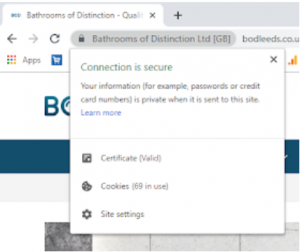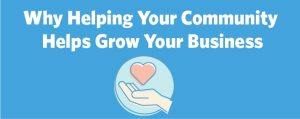For OEMs, the goal of effective channel engagement is to motivate sales behaviors through rewards and incentives. However, engagement in the channel can either be reactive or proactive – and the question to ask to tell the difference is: “At which point is my program being remembered?”
Reactive Engagement: A channel partner sells an OEM’s brand, then remembers the incentive program and logs in to claim their reward.

Proactive Engagement: While selling, the channel partner remembers the incentive program, recommends the OEM’s brand, sells OEM product, logs in to claim reward.

In many reactive scenarios, the “OEM Sale” is a sale that probably would have taken place with or without the incentive program. The program in that case serves more as a point for reward collection, rather than a driver of sales behaviors that can be conducive to more revenue. If a channel incentive program is seeing program participation and sales submissions, but the activity isn’t translating into recognizable sales lift for the business, you may be running a reactive program.
In other words, the sales being incentivized may predominantly be sales that would otherwise be made without the program, so the money and effort placed could’ve been used more effectively elsewhere. In that way, the incentive program becomes a routine place for collection rather than an exciting and compelling point of motivation. Reactive programs tend to be utilitarian and highly transactional in program experience. (i.e. log-in, submit your sale, claim your reward.)
In proactive programs, the experience engages the user in a way that better sticks and is later recalled during the times that matter most – during customer reaction right before the point of sale. When the program is remembered before and during the sale and is not simply an afterthought, it’s serving its purpose of winning the mindshare of the channel participant and driving valuable change. In this way, sales that wouldn’t have otherwise happened now take place as you’ve won another brand ambassador, creating lift and driving revenue.
Proactive programs tend to go beyond the “sell X, get Y” basics, and include various engaging elements to stimulate the users and keep them returning to visit the program on a regular basis – like performance tracking meters and widgets, useful content and communication, training, homepage highlights and announcements, reward balances and promotional offers. All these working parts harmonize to create a decorative programs, compelling partners to be a part of it. Proactive programs tend to be attractive and fun to use, offering more than the log-in, submit a sale, claim your reward experience.
In today’s competitive market, it’s important to go the extra mile to stand out amongst your partners. Mindshare can be fickle and is easily lost to the OEM who is winning at engaging and capturing the channel partners’ attention. By providing more than a transactional platform, OEMs can create the memorability that can drive a net new sale rather than tallying an existing one.
Business & Finance Articles on Business 2 Community
(72)







